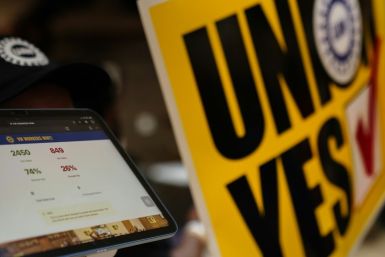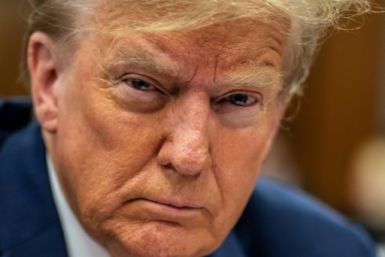Australia’s gun reform laws stop mass shootings, decrease firearm deaths: Study

Australia’s gun laws helped curbed the country’s mass shooting and firearm-related crime incidents. A study on the association between gun law reforms and intentional firearm deaths in Australia has concluded that since the National Firearms Agreement (NFA) of 1996 was enacted, mass shootings in the country have stopped.
The study, published in the Journal of the American Medical Association, was conducted by researchers from the University of Sydney and Macquarie University, who analysed data and statistics on the deaths caused by firearms from 1979 to 2013 and news reports of mass shootings in Australia from 1979 to May 2016.
The NFA of 1996, which is also called the National Firearms Agreement and Buyback Program, was a firearm control law passed in response to the Port Arthur massacre in the same year. The massacre saw 35 people killed and more than 20 wounded when 28-year-old Martin Bryant, who had intellectual disabilities, opened fire in Port Arthur, Tasmania.
The John Howard government implemented the buyback scheme, which took over 600,000 firearms from citizens in exchange for compensation, making gun ownership illegal for citizens since then. The government spent about $300 million for the buyback program.
According to the recent study, since the gun law reform was enacted in 1996, there were no more mass firearm killings through May 2016. From 1979 to 1996, there were 13 fatal mass shootings in Australia.
There was also a rapid decline in firearms-related deaths from 1997 and 2013 compared with before 1997. From 1979 to 1996, the mean rate of total firearm deaths was 3.6 per 100,000 population. From 1997 to 2013, after the gun law reforms were passed, the mean rate declined to 1.2 per 100,000 population.
However, the study said there was also a decline in total non-firearm suicide and homicide deaths of a greater magnitude in the same period. From 1979 to 1996, the mean annual rate of total non-firearm suicide and homicide deaths was 10.6 per 100,000 population, while the annual man rate from 1997 to 2013 was 11.8 per 100,000. There was no evidence of substitution of other methods for suicides or homicides.
“Following enactment of gun law reforms in Australia in 1996, there were no mass firearm killings through May 2016. There was a more rapid decline in firearm deaths between 1997 and 2013 compared with before 1997 but also a decline in total nonfirearm suicide and homicide deaths of a greater magnitude. Because of this, it is not possible to determine whether the change in firearm deaths can be attributed to the gun law reforms,” researchers Simon Chapman, Philip Alpers, Michael Jones and their colleagues wrote in the study.
The study, which marks the 20th anniversary of the NFA, coincides with the US Senate’s recent rejection of measures to restrict guns in the country. The rejected bills were proposed in response to the recent Orlando shooting in Florida, in which gunman Omar Mateen opened fired and killed 49 people at a gay club.
Earlier this year, the National Rifle Association, a pro-gun lobby group in the US, released a video, slamming Australia’s gun buyback scheme. This was in an effort to the proposed firearms law in the US.
YouTube/NRA






